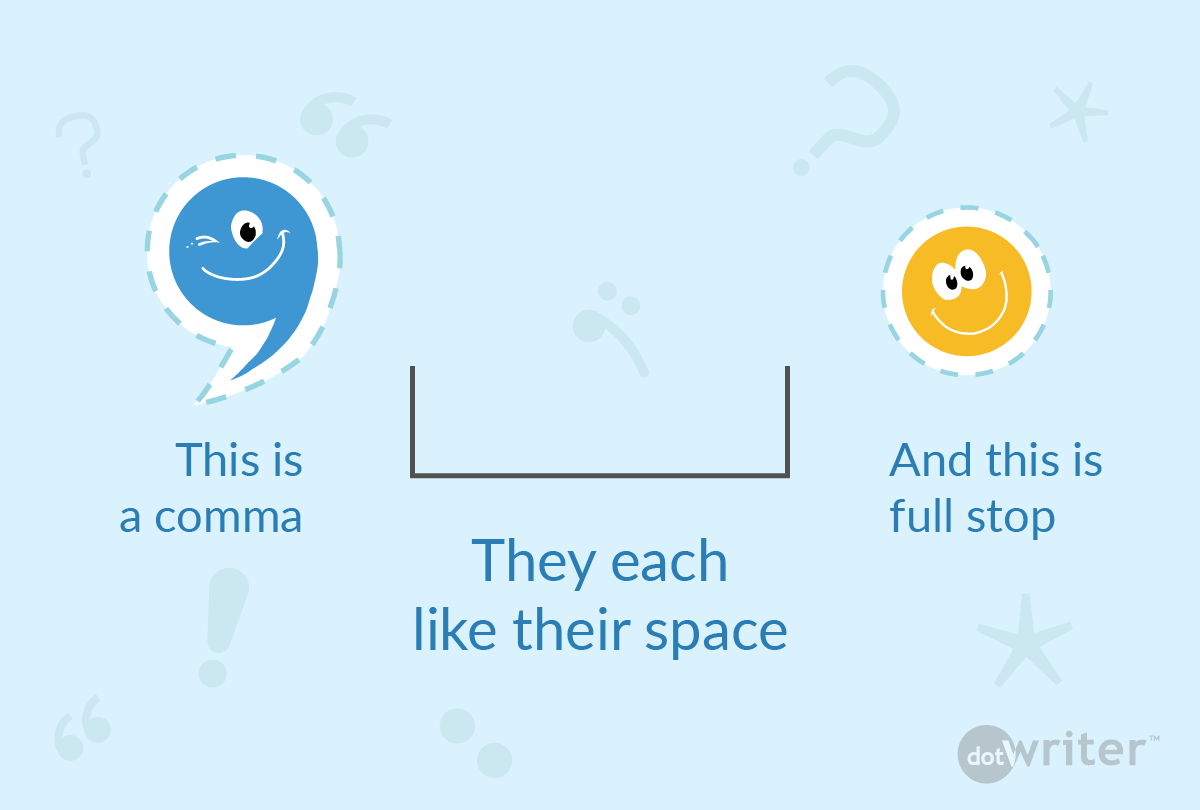Back-To-Basics: Using The Comma (,) And Period (.) Appropriately In Sentences
Never overlook the most simplest grammatical requirements to avoid your article getting rejected on dotWriter™
“Your grammar is a reflection of your image. Good or bad, you have made an impression. And like all impressions, you are in total control.” – Jeffrey Gitomer
Two of the most commonly used punctuation marks in English grammar are the comma (,) and the period, or full-stop (.). When used correctly, they help to convey a deeper meaning to a sentence in print, as if the writer was speaking to the reader.
The use of the comma (,) is to help with shortening long sentences, or joining two sentences, or even to list a number of words within one sentence. If a long sentence leaves you out of breath when you are reading it out loud, add a comma to give a brief breathing break to the reader.
The period or full-stop (.) ends a sentence. It also helps to continue the topic with a new sentence. The use of a period is to divide two longer sentences, with a longer stop than what you would generally use a comma for.
Whether you decide to use a comma or a period for your sentences, the most important point you need to keep in mind is to add a space after using each of these punctuation marks.
For example:
When you use a comma,you help divide longer sentences.A period is used to start a completely new sentence. [This is incorrect]
When you use a comma, you help divide longer sentences. A period is used to start a completely new sentence. [This is correct]
The next time you submit an article for the Marketplace on dotWriter™, don’t forget to follow this step! Proofread your work and make sure that there is a space after each punctuation mark, especially your commas (,) and periods or full stops (.)!
